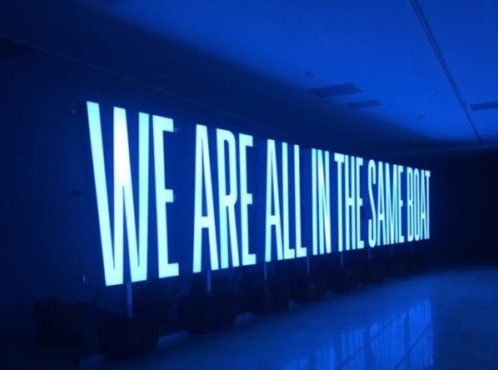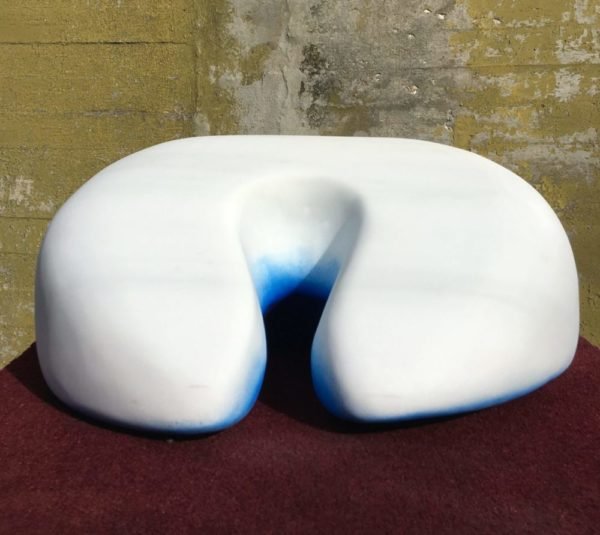POSTHUMANISM AND THE ANTHROPOCENE – BORNHOLM AND SZCZECIN
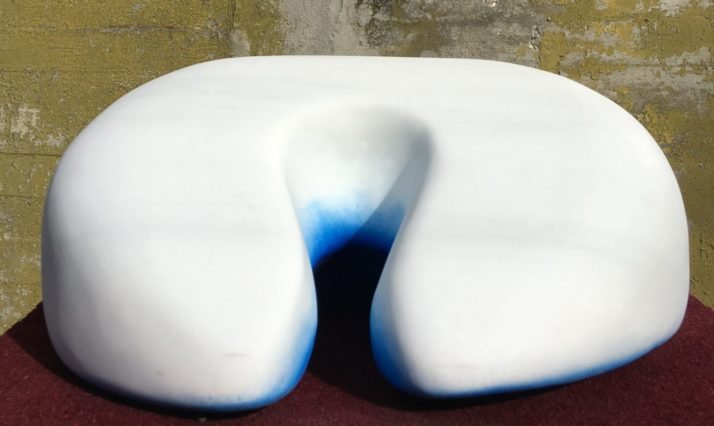
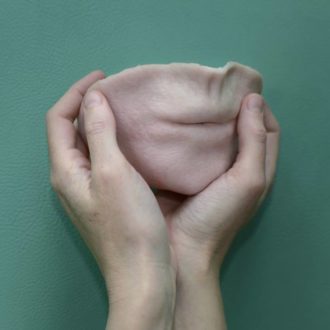
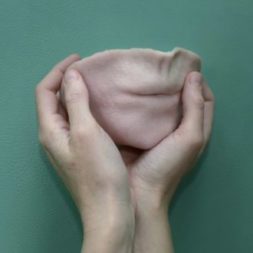
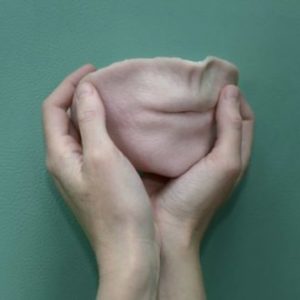
Living in the Present Future
What does it mean to be human in an age where our species has come to dominate and impact almost every corner and every aspect of our planet? What does it mean to be human in a time where technology becomes increasingly more integrated in our lives and bodies? What does it mean to be human in a future in which the face of the planet has been transformed by our past actions, and in which technology forces us to question and rethink the boundaries between humans, animals, objects and virtual spaces?
These questions are the basis of the exhibition “Living in the Present Future”, which will deal with the terms “Anthropocene” and “Posthumanism” in order to reflect on the above questions. The Exhibition will feature works by a broad selection of Danish and Polish contemporary artists, and will premiere at Bornholm Art Museum in Denmark on October 6th and at National Museum Szczecin in Poland in January 2020.

Anthropocene – the period of humans – is a term signifying a geological epoch, where the Earth’s geology and biological ecosystems will be immensely transformed by the presence and actions of humans. Usually, changes between geological epochs are ushered in by massive natural phenomenas such as meteor impacts, ice ages or changes in the Earth’s course around the Sun. This time, the change is caused by humans.
But who are the humans living in the Anthropocene epoch? The term Posthumanism seeks to give an answer on how future humans redefine the lines and relations between themselves and their surroundings. These redefinitions are motivated especially by advances in biotechnology, virtual and augmented reality, and the notion that the human species tends to base its point of reference on itself. Posthumanism tries to broaden the perspective and redefine the relationship between humans and nature, and between humans and ’human nature’.
The exhibited artists work in different medias and materials, but all works relate to the Anthropocene and Posthumanism. The exhibited artists are Poles Aneta Grzeszykowska, Artur Malewski, Ewa Juszkiewicz, Izabella Gustowska and Roman Lipski, along with Danes Amalie Smith, Emil Westman Hertz, Lea Guldditte Hestelund, Peter Frimand and Superflex.
The run of the exhibition is October 6th to January 5th at Bornholm Art Museum, and January 23rd to May 5th at the National Museum in Szczecin.
